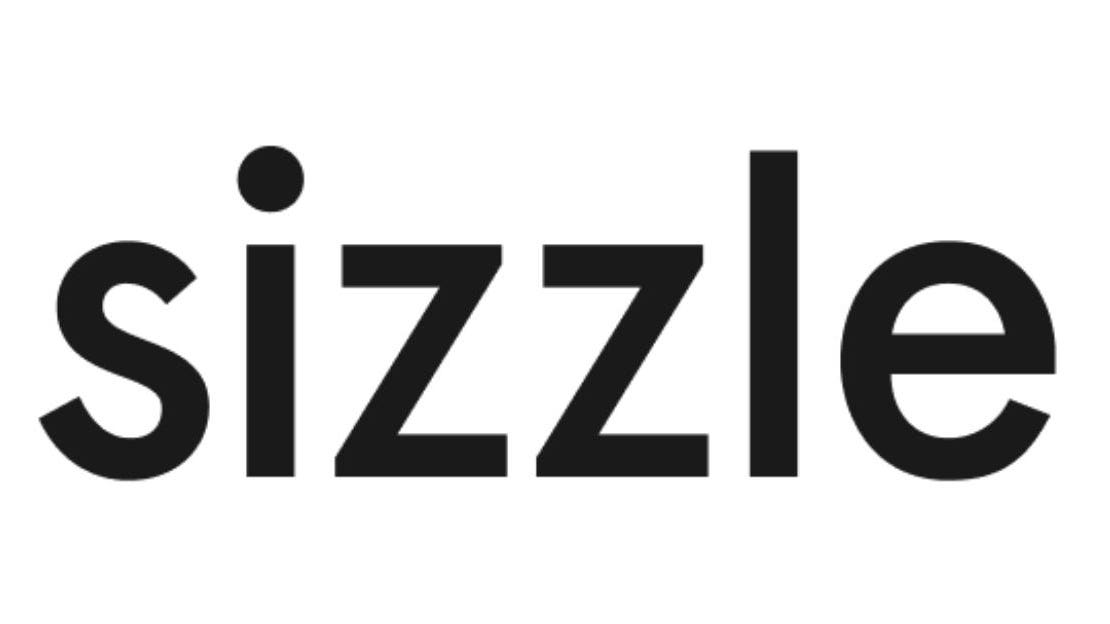Sizzle AI today announces the release of “Sizzle,” a free smartphone app that uses artificial intelligence to help learners work through any problem, including word problems. Serving as a guide rather than an oracle, Sizzle helps students navigate their way step-by-step to a solution, rather than just telling them if they were right or not and then giving them the answer. By harnessing AI as a coach or teaching assistant, Sizzle provides a fine example of how AI can increase engagement and improve student learning.
The Importance of Guided Practice
Everyone agrees that practice is essential for learning. For practice to be beneficial, however, one needs feedback. Take the example of practicing basketball free throws. Knowing whether or not the ball is going into the basket is important in practicing such throws so that if one misses, one can make adjustments and try again. The recipe for improvement is to practice, observe results, and make adjustments.
Better than practicing by oneself is to have a good coach. The coach can watch the process as well as the outcome, and if the coach sees you doing something wrong, they can step in and make adjustments.
For its problem domain, which currently includes mathematics, physics, chemistry, biology, and economics, Sizzle assumes the coach’s role, prodding the student towards a solution but allowing the student to do the work each step, thereby setting the condition for optimal learning.
In the basketball metaphor, traditional homework is akin to someone taking 30 shots at the basket but only being told which shots went in once the teacher goes over the homework the next day in class. This type of practice has limited utility because when students know the results, they are in a different headspace than when they did the problem. Consequently, the feedback will likely have little benefit. Worse yet, by not receiving feedback when making the mistakes, the student has effectively been reinforcing the confusion that led to the errors, making it even harder to master the underlying skill.
Optimal coaching requires observation – not just of the results but of the process leading to the results and intervention. The student needs to make an effort and experience failure but also needs to know when failure happens. Sometimes, this can result in self-correction, but many times, the student will need to be guided toward the path to success, and most times, students will benefit from being given some guidance.
Enter Sizzle. Rather than just telling the student they were wrong and providing the correct answer or showing a canned step-by-step solution, Sizzle interactively guides the student through the problem, letting them do the work along the way.
Students do the work, make the errors, and the intervention comes at the moment when learning is maximally possible. In this way, Sizzle has the potential actually to make homework useful as a learning tool.
Overcoming the Challenge of Mathematical Notation
Mathematical notation has always been a challenge for programs trying to teach mathematics. To evaluate a student’s answer, you need to understand what the answer is supposed to be. This often requires students to learn a system for entering mathematical expressions. In the days before graphical user interfaces, this was typically done by writing something akin to computer code. Once GUIs became common, equation editors simplified this task. The problem is that such tools are best used by people who already understand the underlying mathematics. For a learner, having to shift between focus between learning the math and learning how to express the math is akin to someone trying to learn a language; it can be hard to master either. Bad user interface renders these tools less than ideal for the people most in need of them.
Sizzle solves this problem by letting students write with paper and pencil as they usually would and then using their phone’s camera to input a picture. Not only can the camera be used for the initial input of the problem, but it can also be used to provide the intermediate steps as a student works through the solution. This makes it possible to avoid getting lost in the mechanics of input and instead remain focussed on what is being learned.
The more natural the system of entry, the more natural the process of use. The more natural the process of use, the more likely the AI will actually be able to help the students learn by reacting to what they actually know rather than to how well they know how to use the system.
A Vision for The Future
For now, Sizzle is focused on learning domains where questions have closed-form answers. Longer term it will be interesting to see how Sizzle addresses more open-ended assignments or questions where the goal is not to produce a correct answer but to make a claim and then provide support for that claim. While not in the current release, these are questions that the team behind Sizzle are currently investigating.
Jerome Pesenti, CEO of Sizzle AI, envisions providing learners with a long term guide who will help them learn and ultimately help them identify what they need to learn.
The goal has long been for an AI tutor is that is like the martial arts master who watches his student go through his exercises, allowing the errors to happen and then subtly correcting the student when they do. Sizzle would appear to bring us closer to this goal.
Read the full article here





